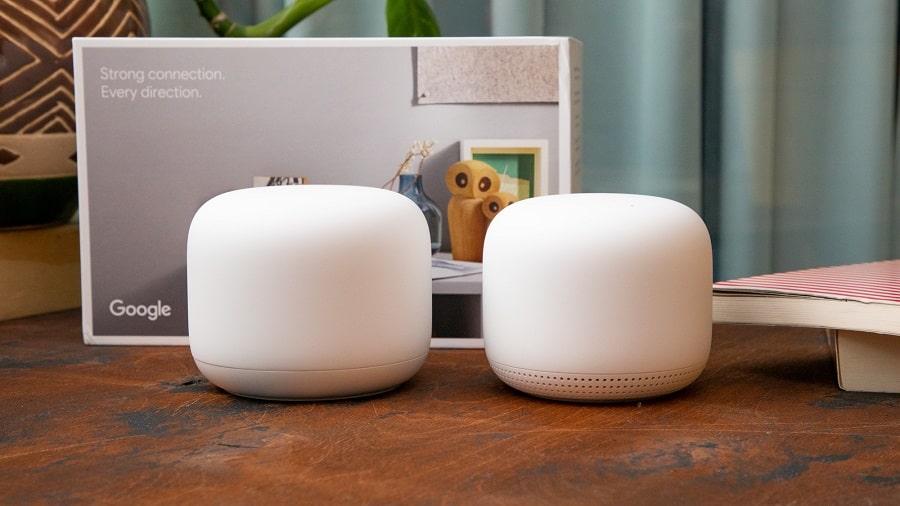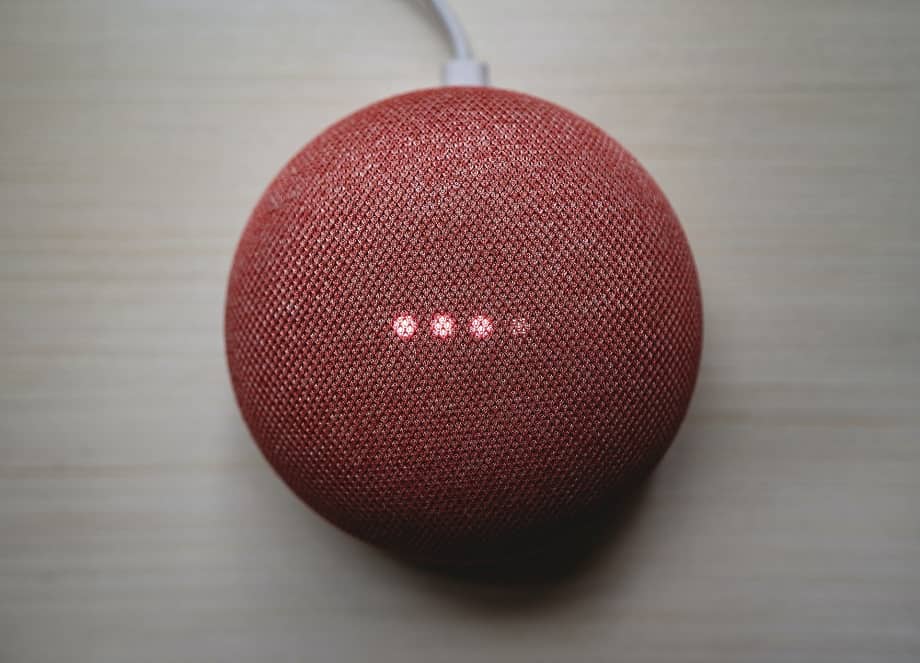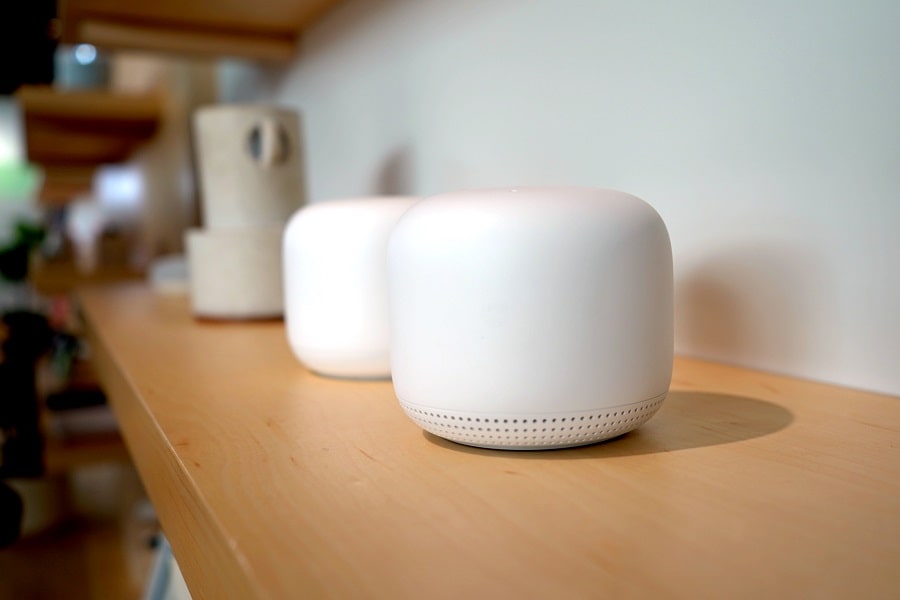So-called mesh nets, or nest routers, ensures good internet coverage throughout your home, even if you have a large house with several floors, or have thick walls, which limits the range of the routes. But it is often asked how to place Google Nest Wi-Fi for the best coverage. Don’t worry we are going to answer the questions here.
Google Nest Wi-Fi is one of the most convenient and beautiful routers available in the market. The nice thing about a mesh network is that it consists of two or more nest Wi-Fi points, or nodes as they are often called, which you place strategically in the home for the best possible range, and preferably one on each floor.
When you set up a new mesh net, you will usually get tips on how you should place each node, such as that they should be placed as close to the center of the home as possible and that there should be no more than two rooms between each node, but are also some things you should avoid. And we are going to tell you how to place Google Nest Wi-Fi for the best outcome.

Set In the Same Place
According to our test, the first thing you should do when getting a new router or mesh network is to think about the location. How was the coverage for the previous router when it stood where it stood?
A new network provides a golden opportunity to find the best possible location, which is often most central to the home. If you have everything on one surface, you can then place the other Wi-Fi points around, or directly above if you have several floors.
However, it is often the case that the nest router is placed by the TV, which limits the possibility of moving around the main satellite.

Too close or too far away
After placing the main router, you should think about where you place pointers the second, third, and so on. Many router manufacturers recommend that there is a maximum of two spaces between each node and it is important not to place them closer to each other as it can create interference and because your gadgets are constantly considering which node is best to be connected to.
You should also not place them too far apart. This affects the good internet coverage and stability, but fortunately, several mesh networks will let you know if the location of the nodes is not favorable.
Radio-Absorbing Materials
You should avoid placing them near materials and walls that absorb radio signals.
Mention is made here of, among other things, refrigerators and other large white goods, concrete walls and in fact also bookshelves, like books, if there are very many of them, can absorb radio signals.

Location Against the Outer Walls
Mesh nets come in many shapes and forms. Some have external antennas that you can angle and adjust while others have integrated antennas.
The advantage of external is precise that you can angle the signals up or to the side, but it may not be as nice.
If you have a mesh node with internal antennas, you may want to avoid placing it against the outer walls. Especially if you do not use the outdoor area, because then you send signals to an area you do not really need.
The Satellites Are Placed Too Low
It may be easy to think that it is wise to place the router low as you think that antennas “shoot” the signals upwards, but what you must keep in mind here is that furniture, which interferes with the signals, is placed on the floor.
The human body can also affect the signals, and therefore it is wise to place the router high so that the signals are not blocked.
